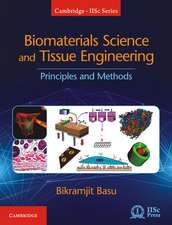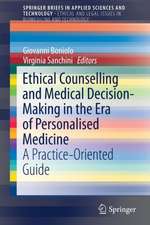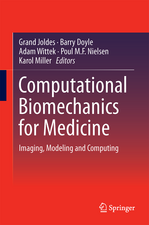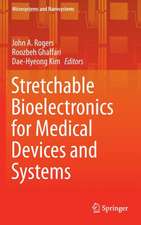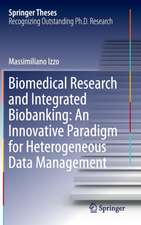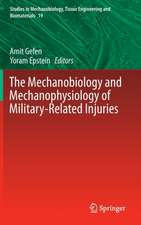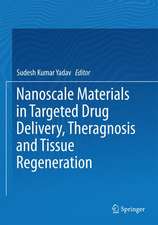An Introduction to Modeling of Transport Processes: Applications to Biomedical Systems: Cambridge Texts in Biomedical Engineering
Autor Ashim Datta, Vineet Rakeshen Limba Engleză Hardback – 11 noi 2009
Din seria Cambridge Texts in Biomedical Engineering
- 5%
 Preț: 397.76 lei
Preț: 397.76 lei - 5%
 Preț: 442.22 lei
Preț: 442.22 lei - 5%
 Preț: 573.97 lei
Preț: 573.97 lei - 5%
 Preț: 409.24 lei
Preț: 409.24 lei - 5%
 Preț: 689.10 lei
Preț: 689.10 lei - 5%
 Preț: 444.27 lei
Preț: 444.27 lei - 5%
 Preț: 522.90 lei
Preț: 522.90 lei - 11%
 Preț: 486.77 lei
Preț: 486.77 lei - 5%
 Preț: 905.93 lei
Preț: 905.93 lei -
 Preț: 441.45 lei
Preț: 441.45 lei - 5%
 Preț: 872.98 lei
Preț: 872.98 lei - 5%
 Preț: 841.29 lei
Preț: 841.29 lei - 5%
 Preț: 874.27 lei
Preț: 874.27 lei - 5%
 Preț: 583.21 lei
Preț: 583.21 lei - 5%
 Preț: 845.07 lei
Preț: 845.07 lei - 11%
 Preț: 606.71 lei
Preț: 606.71 lei - 5%
 Preț: 621.35 lei
Preț: 621.35 lei - 5%
 Preț: 654.54 lei
Preț: 654.54 lei - 5%
 Preț: 484.69 lei
Preț: 484.69 lei - 15%
 Preț: 530.76 lei
Preț: 530.76 lei
Preț: 825.18 lei
Preț vechi: 868.61 lei
-5% Nou
Puncte Express: 1238
Preț estimativ în valută:
157.90€ • 165.20$ • 131.17£
157.90€ • 165.20$ • 131.17£
Carte tipărită la comandă
Livrare economică 02-16 aprilie
Preluare comenzi: 021 569.72.76
Specificații
ISBN-13: 9780521119245
ISBN-10: 0521119243
Pagini: 532
Ilustrații: 135 b/w illus. 57 tables 147 exercises
Dimensiuni: 203 x 254 x 29 mm
Greutate: 1.28 kg
Editura: Cambridge University Press
Colecția Cambridge University Press
Seria Cambridge Texts in Biomedical Engineering
Locul publicării:Cambridge, United Kingdom
ISBN-10: 0521119243
Pagini: 532
Ilustrații: 135 b/w illus. 57 tables 147 exercises
Dimensiuni: 203 x 254 x 29 mm
Greutate: 1.28 kg
Editura: Cambridge University Press
Colecția Cambridge University Press
Seria Cambridge Texts in Biomedical Engineering
Locul publicării:Cambridge, United Kingdom
Cuprins
Part I. Essential Steps: 1. Problem formulation; 2. Software implementation: what to solve; 3. Software implementation: how to solve (preprocessing); 4. Software implementation: visualizing and manipulating solution (postprocessing); 5. Validation, sensitivity analysis, optimization and debugging; Part II. Case Studies: 6. Case studies; Part III. Background Material: 7. Governing equations and boundary conditions; 8. Source terms; 9. Material properties and other input parameters; 10. Solving the equations: numerical methods.
Notă biografică
Descriere
Organised around problem solving, this book introduces the reader to computational simulation, bridging fundamental theory with real-world applications.







